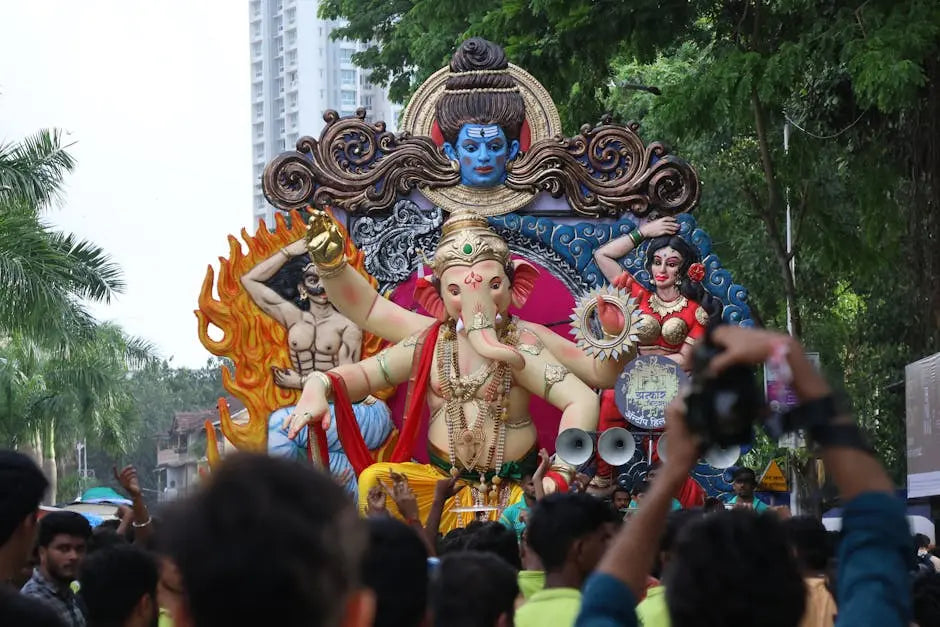My Cart
Your Cart is Currently Empty
FREE SHIPPING ON ALL ORDERS ABOVE $500


Custom statues have been ways of preserving history for centuries, providing tangible connections to moments captured in stone or metal. In this blog, we explore whether these artistic creations can truly encapsulate cultural moments and convey the stories they represent.
Significant cultural moments often warrant commemoration through art. These can range from historical achievements to pivotal social movements. But what criteria decide whether a moment deserves a custom statue?
Moments that alter the course of history, like revolutionary scientific discoveries or monumental political events, are often chosen for their enduring impact. Similarly, cultural shifts that reshape societal norms deserve to be immortalized in stone, representing the values and struggles of their time.
Furthermore, in a rapidly evolving world, custom statues have the potential to record intimate cultural stories. They serve as markers of identity, expressing what societies value at particular points in time. For example, Robin Antar’s focus on everyday American objects emphasizes the cultural atmosphere through the lens of realism in art.
Artists employ a deep understanding of symbolism and cultural significance to create statues. They interpret the essence of the moment, ensuring that the statue conveys the intended message and emotion.
Artists begin by researching the historical context and cultural nuances of the event they are capturing. This foundational understanding allows them to embed layers of meaning into their work. It’s an intricate process where the artist becomes a storyteller, crafting a narrative that viewers can connect with.
In creating a statue, artists like Robin Antar collaborate closely with their clients and communities. This collaboration ensures that the final piece resonates with its intended audience, reflecting shared cultural symbols and motifs that speak to collective experiences.
The choice of materials is crucial in statue-making. Different materials have varying lifespans and visual impacts, influencing how a cultural moment is perceived and preserved over time.
Traditional materials like marble and bronze are often selected for their durability and historical prestige. These materials lend a timeless aspect to the work, allowing it to endure through generations and maintain its significance as the society around it changes.
However, contemporary artists are also exploring new materials, such as eco-friendly options, to align with modern values of sustainability. The choice of material can deeply impact a statue’s reception, echoing the cultural themes it represents and the message it conveys to both current and future audiences.
By embodying cultural moments, statues can spark conversations and reflections. They serve as educational tools and promote understanding among diverse groups, bridging cultural gaps.
Statues positioned in public spaces become focal points for dialogue and debate. They invite viewers to engage with the history and culture they represent, offering multiple perspectives and interpretations that enrich public understanding and awareness.
Moreover, controversial statues often prompt society to reconsider and reassess historical narratives, fostering a dynamic interaction between past events and present values. Through these discussions, statues contribute not just to remembering history but actively shaping its discourse.
In essence, custom statues not only capture cultural moments but also continue to tell stories that resonate with diverse audiences. They bridge historical gaps and ensure that the significance of these cultural instances endures for generations. As society evolves, so will the art of statue-making, continually adapting to new ways of representing our shared human journey.